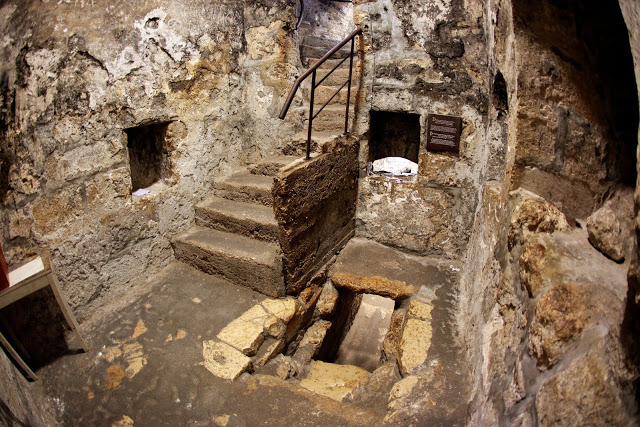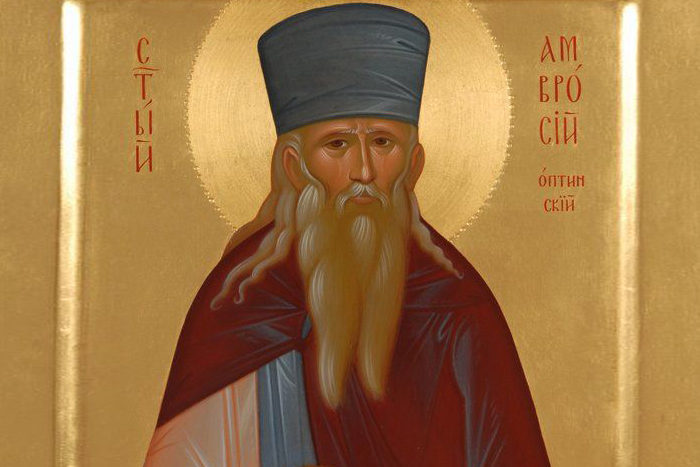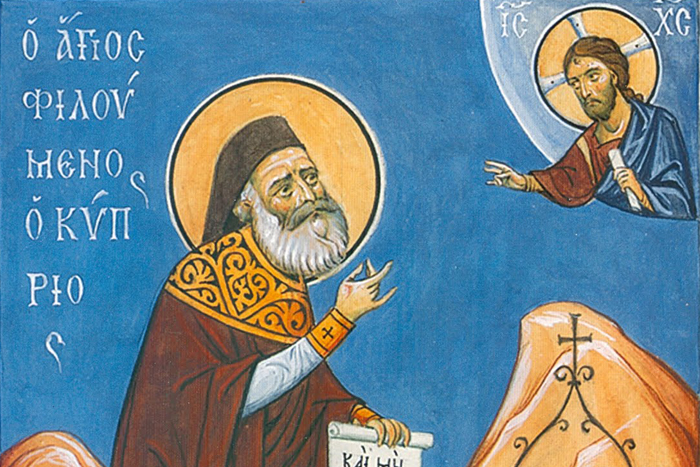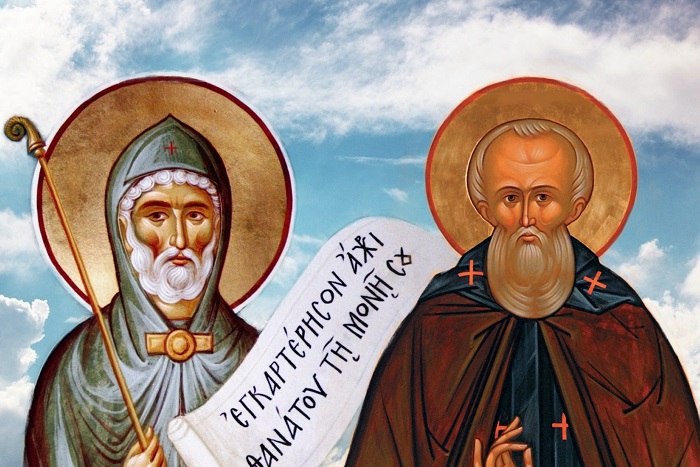
July 5 (18) is a commemoration day of Saint Sergius of Radonezh. Rereading his life story, I’ve discovered that many aspects of his biography resemble another saint who lived much earlier – St. Benedict of Nursia. Living in different eras, in completely different countries (the former in Russia, the latter in Italy) these two pillars of monasticism went to Christ by similar ways.
The beginning of the way. Both future saints were born in the province: Benedict was born in the town of Nursia in central Italy around the year 480, and Bartholomew (the name of St. Sergius before monasticism) in the village of Varnitsy, near Rostov in 1314. Both children came from the noble families: Benedict was the son of a noble Roman Christian, and Bartholomew was born to Cyril and Mary, noble and pious boyars. Benedict was sent to study in Rome, and Bartholomew was sent to study as well at the age of 7. However, the future Russian saint had great difficulty in learning and only a fervent prayer of the boy and God’s miracle helped the child to become literate. Both young men felt the calling for a solitary life from an early age. At the age of 20, Benedict, without completing his studies, decided to leave the bustle of the capital and settled in a remote village with a group of like-minded people; while Bartholomew, after the death of his parents, went into a forest near Radonezh for hermit’s life with his brother Stephen. At 23, he took the monastic vows with the name Sergius.
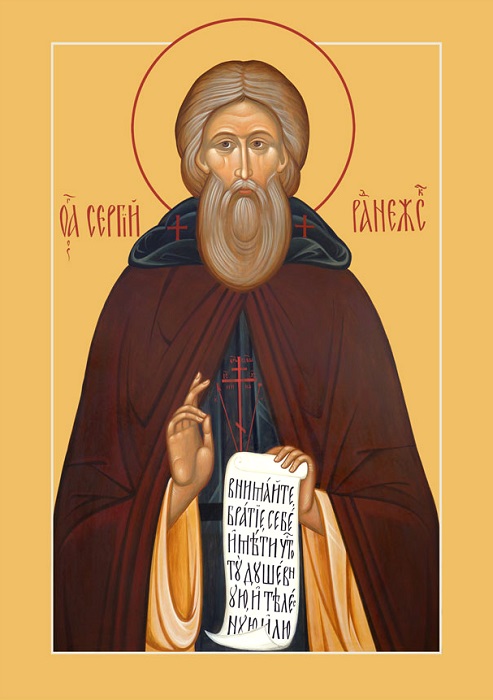
We can say that both monks practiced asceticism, lived a pious life, and loved to work. Thanks to the spiritual wisdom and living love of St. Sergius, a community of 12 monks was formed around him. They asked St. Sergius to become an abbot, and after that some strict rules were implemented in the community. Soon the monks began to murmur because of those restrictions and St. Sergius left his monastery. However, later he hearkened to a supplication of the remaining monks and came back. Benedict, just as Sergius, decided to devote himself to ascetic being and lived in a cave for several years. Soon the ascetic’s fame reached one of the monasteries and the brethren begged him to become their abbot. Benedict agreed, but the monks could not stand the tense spiritual life of the new abbot. They tried to kill him by pouring poison into a jug of wine, which crashed after Benedict made the sign of the cross on it. Just as Sergius, Benedict left that place. He also left the first monastery in Subiaco due to the envy of the local cleric Floran. And only then he founded his famous monastery in Monte Cassino, after destroying the pagan altar and converting pagan population to Christianity. The number of Benedict’s disciples grew, and the saint divided them into 12 groups of 12 people each and appointed an abbot from among the most experienced ones in each monastery. Both Benedict and Sergius were wonderworkers. They both raised a son of a local peasant from the dead by their prayer to God. Both saints were honored with visions: Benedict saw the whole world as a single sunshine’s ray, while Sergius was visited by Theotokos and Apostle Peter. He saw also many birds foreshadowing his many disciples. Benedict predicted his death 6 days before it, and Sergius predicted his death 6 months before it.

Monte Cassino and The Trinity Lavra. The influence of both saints spread over the ages. Benedict lived in similar with Sergius’s conditions. Italy was conquered by the barbarians; paganism was still flourishing in certain areas. Russia just started to recover after the conquest of the Tatars. In such conditions, their abodes served as hotbeds for Christian education. The Order of Saint Benedict spread throughout Europe. The Benedictines’ monasteries were centers of culture and monastic scholarship, and the Benedict’s Charter generated many saints. Likewise, The Trinity Lavra of St. Sergius was at the forefront of the spiritual and cultural revival of Russia. About 40 monasteries from Vologda to Galicia were founded by the disciples of St. Sergius. The founders of more than 50 monasteries emerged from them, planting in the new lands the culture and traditions of hesychasm, followed by St. Sergius, the Abbot of the Russian land.
Ss. Benedict and Sergius – the prayerful men, great ascetics and laborers – followed Christ by prayer and fast. The fruits of their choice served for the good of their people, preserving Christianity and culture in conditions of general disruption and savagery of mores. Prayer and work are the covenant of both saints. And we know that by adhering to this ideal, one can achieve the holiness that they have achieved once.

